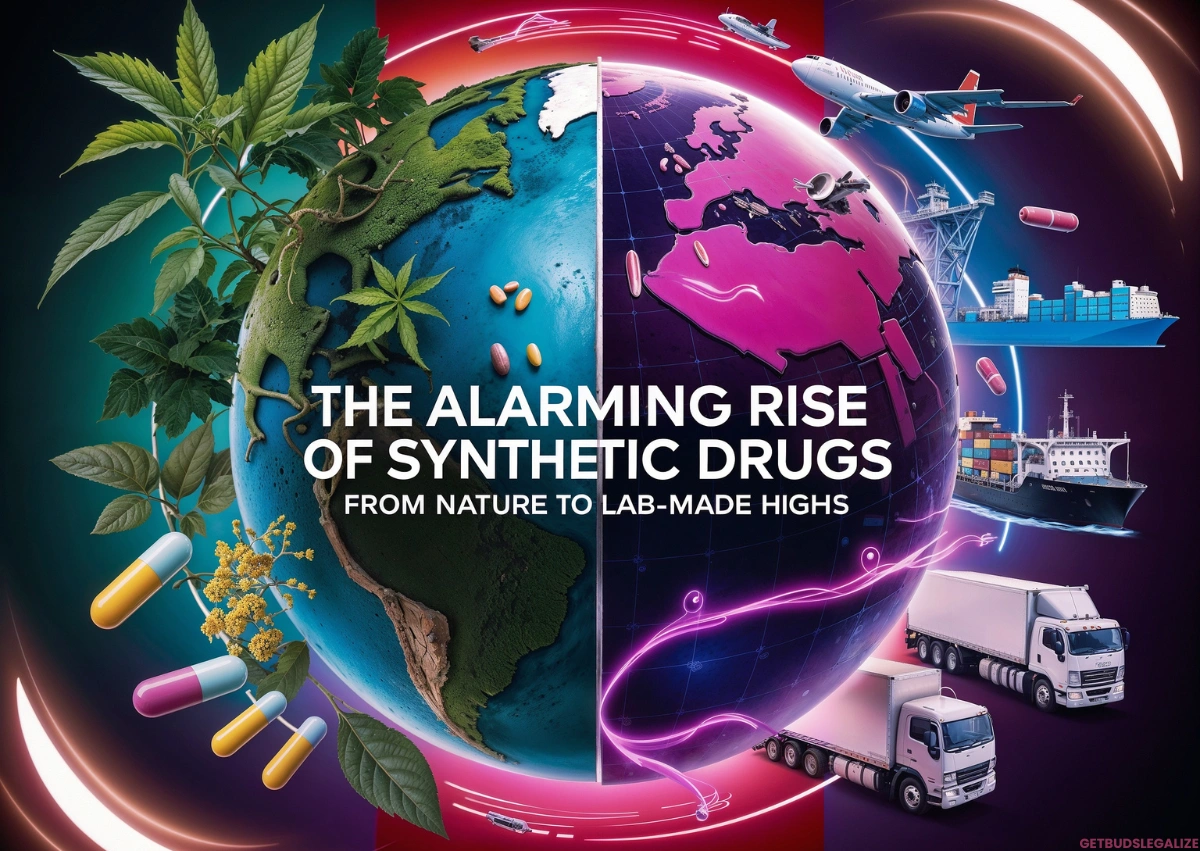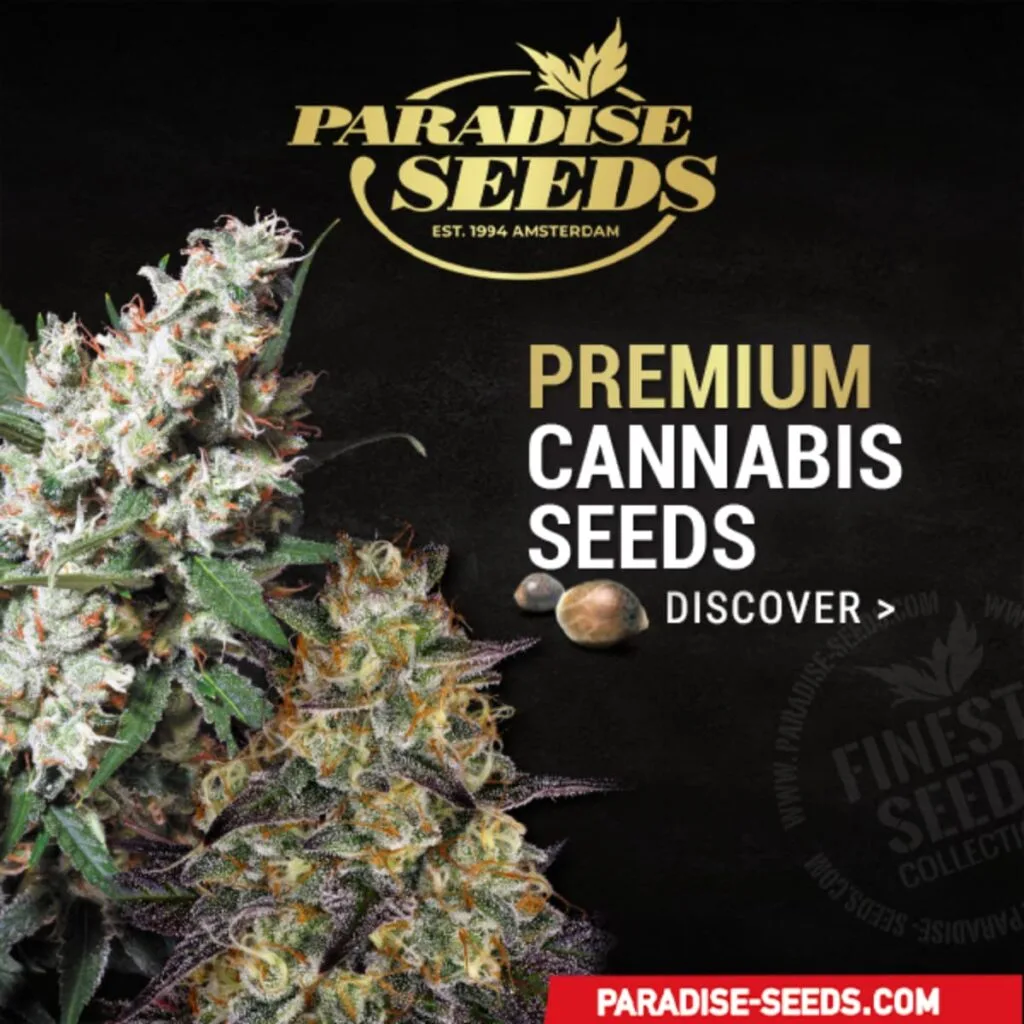The Alarming Rise of Synthetic Drugs: From Nature to Lab-Made Highs



The Alarming Rise of Synthetic Drugs: From Nature to Lab-Made Highs
For over 20 years, I have dedicated my studies to understanding drug trafficking mechanisms, particularly the alarming rise of synthetic drugs driven by prohibition. This transformation is altering how the world experiences intoxication and poses significant public health challenges. The drugs that many individuals turn to today are not merely herbal remedies but rather complex, lab-engineered substances carrying unknown risks.
Historically, we have witnessed a gradual but profound shift—akin to tectonic plates moving—away from plant-based drugs like cocaine and heroin toward lab-created substances such as methamphetamine, ecstasy, and other synthetics. This evolution carries significant implications for global drug trafficking, public health, and society as a whole, demanding our urgent attention and action.
The Longstanding Presence of Synthetic Drugs: A Historical PerspectiveSynthetic drugs are not a recent phenomenon; they have existed for decades. The development of substances like LSD, MDMA, and methamphetamine can be traced back to mid-20th-century chemistry, often with legitimate therapeutic intent. However, the misuse of these drugs for recreational purposes has transformed them into staples of the illicit drug market.
While synthetic drugs have long been part of the drug landscape, their recent rise in prevalence marks a significant turning point. Over the last decade, we have witnessed a concerning trend: synthetic drugs increasingly dominate their herbal counterparts.
The Rise of Synthetic OpioidsIn the U.S. and Canada, synthetic opioids, particularly fentanyl, have largely supplanted heroin. The opioid epidemic has evolved dramatically, with synthetic opioids driving much of the crisis. Fentanyl, initially developed as a pain management solution, is now the leading cause of overdose deaths in North America. The rise of counterfeit pills containing fentanyl has made these substances even more accessible and dangerous, especially to unsuspecting users.
Globally, methamphetamine use is surging, beginning to overshadow cocaine in party scenes. This reshaping of the global drug landscape is evident as potent synthetic substances infiltrate social environments and communities once dominated by traditional narcotics.
Moreover, the black market for counterfeit medications is booming, with synthetic versions of well-known drugs like Valium (diazepam), and Xanax gaining traction. Xanax, in particular, has become incredibly popular among youth in the UK and the US, reflecting the broad consumption of synthetic drugs worldwide.



Why Cartels Prefer Synthetic Over Natural Drugs
Synthetic drugs present several advantages for cartels. Their production is simpler and more efficient than cultivating plant-based drugs, which require time to grow and are susceptible to environmental factors. Unlike crops visible from the sky, labs producing synthetic drugs can be concealed in homes, warehouses, or factories, making them less vulnerable to law enforcement.
Additionally, synthetic drugs often yield higher profit margins, as production costs can be significantly lower than those associated with agricultural products. This efficiency has made synthetic drugs particularly appealing to drug traffickers seeking to maximize profits while minimizing risk.
Methamphetamine: From Local Production to Cartel ControlHistorically, methamphetamine was produced in small home labs across the U.S. As local dealers recognized the profit potential, they began crafting their stimulants using accessible ingredients. However, law enforcement's crackdown on these mini-labs prompted Mexican cartels to seize the opportunity to ramp up meth production.
By refining their processes and sourcing chemicals cheaply from countries like China, they have flooded the U.S. market with inexpensive methamphetamine. It is now so readily available that it often sells for a fraction of the price of heroin, making it an attractive alternative for users.
Notably, methamphetamine is also becoming a dominant drug in China, replacing heroin as the primary substance of abuse. In Asia, the Golden Triangle—comprising Myanmar, Laos, and Thailand—serves as a significant hub for meth production. Here, inexpensive meth pills (known as Yaba) cater to young partygoers and laborers alike, while crystal meth serves a wealthier clientele.
The Role of Global Supply ChainsThe rise of synthetic drugs is closely tied to globalization. The international supply chains feeding the demand for synthetic substances are becoming increasingly sophisticated. The availability of precursors—chemicals required for synthetic drug production—has surged, enabling manufacturers to produce drugs at scale.
Countries with lax regulations on chemical production, such as China, play a critical role in supplying the necessary ingredients, complicating enforcement efforts.



The Overdose Crisis: A Synthetic Drug Nightmare and the Deadly Consequences of Prohibition
The shift toward synthetic drugs has fueled a devastating overdose crisis in the U.S. As Mexican cartels transitioned from heroin to synthetic opioids, particularly fentanyl, the consequences have been catastrophic. Overdose deaths have skyrocketed, with synthetic opioids responsible for the majority of these fatalities.
Communities with limited resources are disproportionately affected, often relying on the black market for opioid access. Many users are unaware of the potency of the drugs they consume, leading to accidental overdoses that have claimed countless lives.
Potency Comparisons: Fentanyl vs. HeroinFentanyl is approximately 100 times more potent than street heroin, and its analog, carfentanil, is an astonishing 10,000 times stronger. The infusion of these substances into the drug supply is a chilling reality that has dramatically increased overdose deaths.
In response to this crisis, harm reduction strategies—such as naloxone distribution and supervised consumption sites—have emerged as critical tools in combating the overdose epidemic. These approaches seek to minimize risks associated with drug use while recognizing the realities of addiction.
The Emergence of Dangerous Drug CombinationsRecent years have seen the rise of a perilous combination: benzodiazepines (such as Valium) mixed with opioids like fentanyl. This trend represents a dramatic departure from previous practices where drugs were more distinct. The adage “don’t kill your customer” has become irrelevant as cartels prioritize profit over safety.
The Dangers of Drug MixingThe mixing of synthetic substances has reached alarming levels, resembling “Frankenstein drugs” manufactured in unregulated labs worldwide. Users are often unaware of the specific compounds they are consuming, leading to unexpected and dangerous interactions.
This reckless approach to drug production and distribution has exacerbated the overdose crisis, making it imperative that we address these emerging threats.



Europe's Resilience Against Synthetic Drugs
In contrast to the U.S., Europe has managed to maintain a steady supply of heroin, primarily due to an efficient trafficking chain from Afghanistan to Turkey. As a result, the incentive to shift to synthetic drugs has been diminished, keeping traditional heroin supplies plentiful.
The Role of European Drug PoliciesEurope's more nuanced approach to drug policy, often emphasizing harm reduction over strict prohibition, has played a significant role in maintaining this balance. Many European countries have implemented harm reduction strategies, including safe consumption sites and drug testing services, which have helped mitigate the risks associated with drug use.
This phenomenon illustrates a deeper pattern: attempts to ban certain drugs often lead to their more dangerous and potent forms. Prohibition has historically resulted in the production of stronger substances—e.g., whiskey during the alcohol ban—showing that as repression increases, so does the potency of illicit drugs.


The Evolution of New Psychoactive Substances
Since the late 2000s, the market has seen a rise in new psychoactive substances (NPS) such as Spice and mephedrone, which were initially legal and accessible alternatives to traditional drugs. However, as authorities cracked down, manufacturers continually modified these substances to evade regulations, resulting in increasingly dangerous products.
Spice, originally designed to mimic cannabis, has become known for its heightened potency compared to heroin and crack. The rapid evolution of NPS highlights the cat-and-mouse game between law enforcement and drug manufacturers, where regulations often lag behind the innovations of the illicit drug market.
The Lessons of Drug Policy: A Call for ReformThis ongoing crisis serves as a stark lesson in the dangers of prohibition. The rapid rise of synthetic drugs demonstrates that prohibitionist policies often lead to more harm than good.
However, the future need not be bleak. There is potential for a world where innovation and research contribute to developing safer drugs, free from the exploitative practices associated with current production methods.



Exploring Safer Alternatives
If we can produce controlled synthetic substances that are less hazardous than traditional drugs, why not explore that avenue? This approach could lead to safer alternatives, akin to how the coca leaf is utilized traditionally by indigenous communities.
The potential for regulated, safer options should be a focal point in discussions about drug policy reform. By embracing a more open-minded approach to drug use and acknowledging the complexities of addiction, we can begin to craft solutions that prioritize public health.
A Call to Action for Drug Policy ReformTo navigate this crisis effectively, a comprehensive approach to drug policy reform is imperative. This includes:
- Harm Reduction Strategies: Implementing programs that prioritize safety over prohibition can mitigate the risks associated with drug use, such as supervised consumption sites, drug testing services, and naloxone access to combat overdoses.- Investment in Research: Funding research into alternative substances and safer synthetic drugs can lead to innovations that reduce health risks. Governments should support initiatives that explore the therapeutic potential of substances currently classified as illegal.
- Public Awareness Campaigns: Educating communities about the dangers of synthetic drugs and promoting safe practices can empower individuals to make informed choices. Awareness campaigns can also destigmatize addiction, fostering a more supportive environment for those seeking help.
- International Cooperation: Drug trafficking is a global issue that requires collaboration across borders. Countries must work together to develop comprehensive strategies for addressing the root causes of drug trafficking and the production of synthetic substances.Conclusion: Navigating the Future of Drug Use
As we navigate the complexities of drug use in today’s world, we must confront the reality that the landscape has changed forever. The rise of synthetic drugs presents challenges we must address with urgency and compassion.
https://getbudslegalize.com/rise-of-synthetic-drugs/
Commenti
Posta un commento